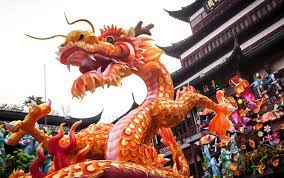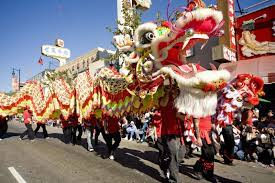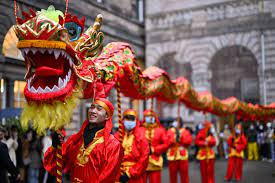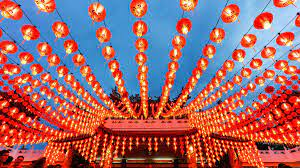"Ecuador's Wonders: A Visual Tour of Enchanting Landscapes and Rich Culture"
Ecuador, a tiny slivered nation on the northwestern coast of South America, packs a mighty punch when it comes to travel destinations. From snow-capped Andean peaks and smoldering volcanic craters to the emerald depths of the Amazon rainforest and pristine Pacific beaches, Ecuador offers something for every kind of adventurer. Here are some of the must-visit places in Ecuador, guaranteed to tantalize your senses and leave you with memories that will last a lifetime:
Quito, the Sky City: Nestled high in the Andes Mountains at an altitude of 2,850 meters, Quito is the second-highest capital city in the world, after La Paz, Bolivia. This UNESCO World Heritage site boasts a beautifully preserved historic center, a maze of cobbled streets lined with colonial-era churches, charming plazas, and colorful houses. Be sure to visit the Quito Cathedral, the largest church in the Americas, and take a ride on the Teleférico, a cable car that whisks you up to the top of Pichincha volcano for breathtaking views of the city and surrounding landscape.
The Galapagos Islands: A volcanic archipelago located roughly 1,000 kilometers off the coast of Ecuador, the Galapagos Islands are a living laboratory of evolution. Made famous by Charles Darwin's research that led to the theory of natural selection, the islands are home to a unique array of wildlife found nowhere else on Earth, including giant tortoises, marine iguanas, blue-footed boobies, and penguins. Hike alongside these fascinating creatures, snorkel amongst colorful fish and playful sea lions, and witness the raw power of nature in this otherworldly destination.
The Otavalo Market: Held every Saturday in the town of Otavalo, about two hours north of Quito, the Otavalo Market is the largest indigenous market in South America and a sensory overload in the best possible way. Here, you can find an endless array of handcrafted textiles, jewelry, handicrafts, and souvenirs, all at incredibly affordable prices. Be prepared to bargain and soak up the vibrant atmosphere as you mingle with the friendly Otavalo people, known for their distinctive clothing and weaving traditions.
** Baños:** Nestled in a valley at the foot of the Tungurahua volcano, Baños is an adventure capital and a gateway to the Amazon rainforest. Hike through cloud forests, climb waterfalls, go whitewater rafting, or soak in the natural hot springs. For the truly daring, take a day trip to the Quilotoa Lagoon, a turquoise crater lake nestled within a volcanic caldera, and hike around its rim for stunning views.
Cuenca: Cuenca, often referred to as the "Athens of Ecuador," is a charming colonial city known for its beautiful architecture, cobbled streets, and laid-back atmosphere. Explore the historic center, visit the impressive Cuenca Cathedral, and wander through the vibrant markets. On a clear day, hike up to Mirador Turi for panoramic views of the city and surrounding mountains.
The Amazon Rainforest: No trip to Ecuador would be complete without experiencing the magic of the Amazon rainforest. Take a boat ride down the Napo River, spot monkeys swinging through the trees, listen to the calls of exotic birds, and learn about the indigenous cultures that have called this lush jungle home for centuries.
This is just a glimpse into the many wonders that await you in Ecuador. With its diverse landscapes, friendly people, and rich cultural heritage, Ecuador is a destination that will stay with you long after you leave. So pack your bags, book your flights, and get ready to experience the magic of Ecuador for yourself!















